Sustainable gardening is an economical and environmentally responsible approach to cultivate delicious food and lovely flowers at home. The steps involved in developing a sustainable garden at home will be covered in this article, including planning, selecting sustainable gardening tools, constructing and maintaining your garden, and cutting costs.
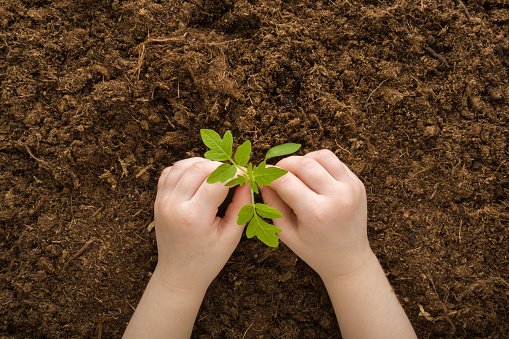
I. Introduction
Growing plants using a sustainable approach means working with nature rather than against it. It entails using eco-friendly procedures that preserve natural resources, cut down on waste, and support biodiversity. There are several advantages to sustainable gardening, including better soil health, less water use, less chemical runoff, and more biodiversity.
Although beginning a sustainable garden might seem intimidating, it is possible to do it on a tight budget. Starting a sustainable garden at home can really be considerably less expensive than buying fruit from the supermarket. The procedures suggested in this article can help you develop a lovely, flourishing garden that is good for the environment and your wallet.
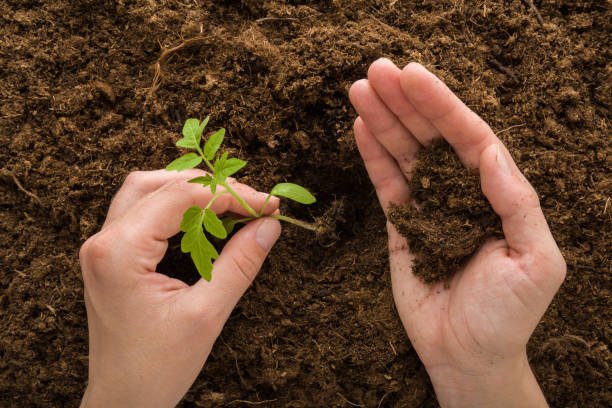
II. Planning your Sustainable Garden
It's crucial to evaluate your garden space and establish your gardening objectives before you begin. Spend some time figuring out what kind of soil you have, how much sunlight your garden spot receives, and what plants would do best there. Take into account the size of your garden and the time you have available for gardening. Determine your gardening goals after evaluating your available space. Do you wish to grow either flowers or veggies, or both? What is your schedule for picking flowers or produce? You can design a garden plan that is specific to your requirements by providing answers to these questions.
It's crucial to select sustainable gardening techniques when designing your sustainable garden. Using organic resources, saving water, and cutting waste are a few of these strategies. Using a soaker hose or drip irrigation instead of a sprinkler is one technique to save water. Composting yard and kitchen trash to make nutrient-rich soil is another way to reduce waste.

III. Choosing Sustainable Garden Supplies
You'll need soil, compost, seeds or plants, as well as tools and equipment, to establish a sustainable garden. It's crucial to select environmentally responsible, cost-effective, and sustainable solutions when selecting these materials.
A healthy garden's foundation is composed of soil and compost. Use organic soil or soil devoid of dangerous compounds while selecting soil. Also, using food scraps, leaves, and other yard debris, you can make your own compost. A sustainable method of producing nutrient-rich soil for your plants is through composting.
Always choose organic options when selecting seeds or plants. Because they are grown without damaging pesticides and chemicals, organic seeds and plants are a sustainable option. Heirloom seeds, which are open-pollinated and have been handed down through the generations, are another option.
Choose long-lasting, environmentally responsible solutions when it comes to tools and equipment. Consider purchasing a compost bin to help you reduce trash and produce soil that is rich in nutrients. Use a hand fork or trowel rather than a gas-powered tiller. These modest adjustments could have a significant impact on your garden's sustainability.
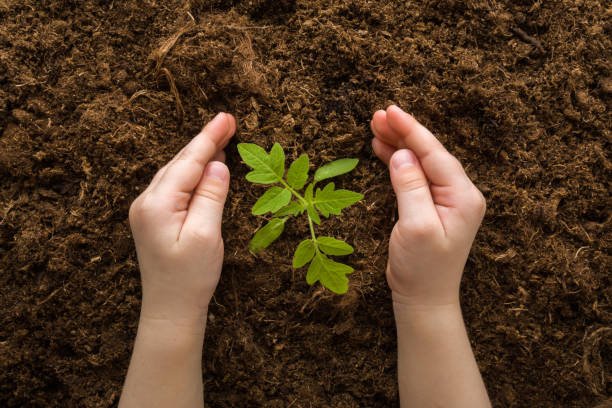
IV. Building Your Sustainable Garden
When you have everything you need, it's time to construct your sustainable garden. Prepare your garden bed first. Clear the area of any weeds, pebbles, or other objects. Consider adding a layer of compost or organic soil if you are planting directly into the ground to raise the soil's quality.
After that, sow your seeds or plants as directed on the packaging. Make sure each plant has ample room to expand and flourish. Regularly water your garden, but be aware of how much water you are using. Using a drip irrigation system or watering your garden in the morning or evening, when it's colder and less likely to evaporate, can help you conserve water.
It's crucial to give your garden the correct care as it expands. This entails frequently weeding the garden, trimming the plants, and keeping an eye out for pests and disease. You may lessen the need for toxic chemicals and pesticides by using sustainable gardening techniques. For instance, companion planting is a sustainable gardening technique that entails putting particular plants together to serve as a natural pest deterrent and to encourage strong growth.
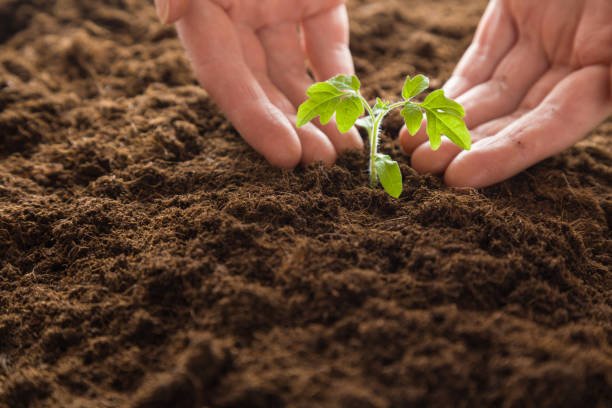
V. Maintaining Your Sustainable Garden
A healthy garden involves continual work, but it is rewarding to watch your plants flourish. Watering your garden is one of the most crucial maintenance tasks. To make sure your plants receive the moisture they require to flourish, it is essential to water your garden appropriately. Deep watering is important, but don't water too regularly since this might cause saturated soil and root rot.
Another crucial component of sustainable garden maintenance is composting. Kitchen leftovers and yard garbage can be composted to produce nutrient-rich soil that will feed your plants. Moreover, composting lessens trash and can enable you to save money on fertilizer.
Although controlling pests and illnesses is a regular concern in gardening, there are sustainable solutions available. One strategy is to entice pests that naturally control pests to your garden, such as ladybugs and bees. To manage bugs without endangering the environment, you can also utilize organic pest control techniques like soap sprays or neem oil sprays.
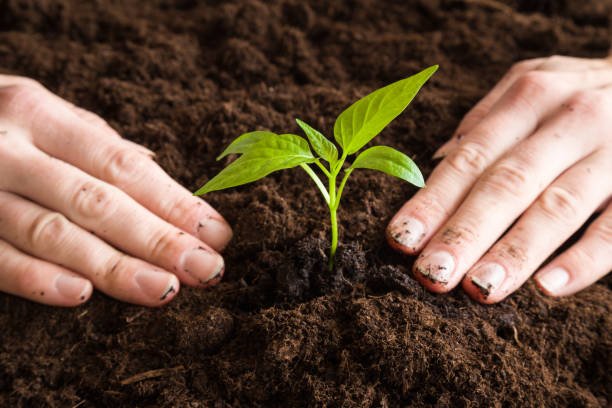
VI. Reducing Costs
A sustainable garden can be started on a budget, but there are additional ways to cut costs. One strategy is to select inexpensive solutions, such as buying seeds rather than plants or picking out plants that are on sale. You can also construct your garden out of repurposed items, like an old bathtub for a raised bed or a compost bin made out of old pallets.
Another strategy for saving money is to start from scratch. Although it might take longer for your plants to mature, growing a variety of plants from seed is an inexpensive option. Additionally, watching your plants emerge from small seeds may be a delightful and rewarding experience.
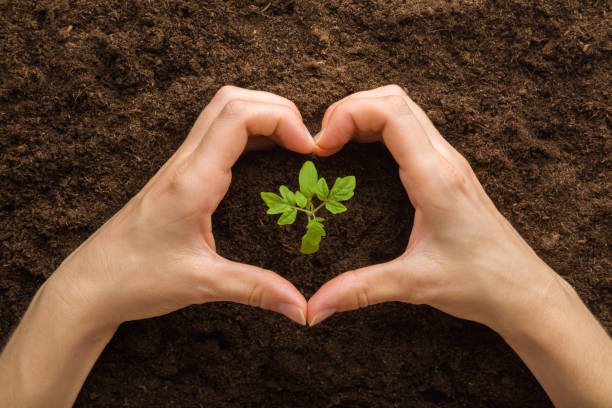
VII. Conclusion
A sustainable garden can be started at home as a wonderful way to raise healthy food, lovely flowers, and to help the environment. You may develop a garden that is economical and environmentally friendly by planning your garden, using sustainable materials, creating and maintaining your garden, and cutting costs. You may reap the rewards of sustainable gardening for many years to come with just a little work and perseverance.
Posted Using LeoFinance Beta
Posted Using LeoFinance Beta

